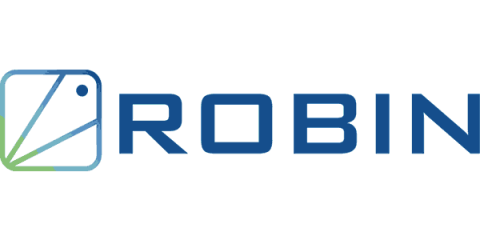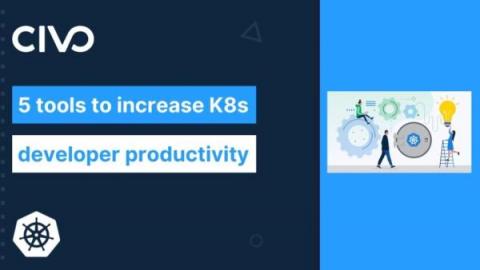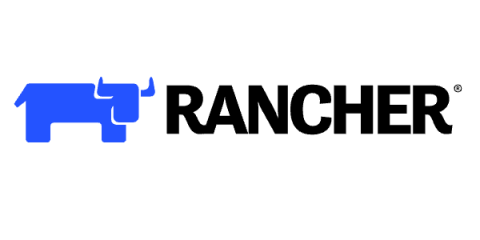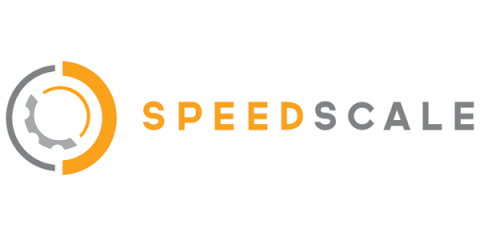Operations | Monitoring | ITSM | DevOps | Cloud
Latest News
Enabling simple, cost-effective Kubernetes on IBM Z with MicroK8s
Containerisation has transformed the enterprise IT landscape, driving faster, more secure, and more predictable software delivery than ever before. Thanks to technologies like Docker, building containerised applications is easy, and many businesses are working with hundreds or even thousands of containers. To effectively deploy and manage all of these microservices, a container orchestration tool is essential, and Kubernetes is the leading solution.
Rakuten Symphony agrees to acquire leading US-based cloud technology company Robin.io to deliver highly integrated telco-cloud for mobile
Kubernetes for the JavaScript Developer - Part Two - Deploy to Kubernetes
Continuing on from Part One where we went through a brief history of containers and Kubernetes then Dockerized a NodeJS application, now we are ready to deploy to Kubernetes. If this is your first or nth time deploying to Kubernetes, Shipa makes this simple. You don’t have to worry about authoring multiple Kubernetes manifests and templates to deploy your application, all you need is an image.
Five tools to increase Kubernetes developer productivity
This article was inspired by our recent "5 tools to increase Kubernetes developer productivity" video, hosted by Saiyam Pathak and Kunal Kushwaha. Over the years Kubernetes has become the de facto orchestration platform, as such it's crucial that developers have the right set of tools to increase their productivity for development and operations. In this article, we take a look at five such tools that can help developers inprove productivity while when Kubernetes. Let’s jump in.
Automate Deployments to Amazon EKS with Skaffold and GitHub Actions
Creating a DevOps workflow to optimize application deployments to your Kubernetes cluster can be a complex journey. I recently demonstrated how to optimize your local K8s development workflow with Rancher Desktop and Skaffold. If you haven’t seen it yet, you can watch it by viewing the video below. You might be wondering, “What happens next?” How do you extend this solution beyond a local setup to a real-world pipeline with a remote cluster?
Lightrun Releases KoolKits - Debugging Toolkits for Kubernetes
KoolKits (Kubernetes toolkits) are highly-opinionated, language-specific, batteries-included debug container images for Kubernetes. In practice, they’re what you would’ve installed on your production pods if you were stuck during a tough debug session in an unfamiliar shell. To briefly give some background, note that these container images are intended for use with the new kubectl debug feature, which spins up Ephemeral containers for interactive troubleshooting.
Load test WordPress + nginx on Kubernetes
Why this combination you ask? Load testing is my passion, and I am partial to Kubernetes. I challenged myself to share a use case that many could relate to, focused on a business critical application. Websites came to mind and WordPress is the world’s most popular website management system. Of course, nginx is the most popular web server so let’s throw that into the mix. And Kubernetes? With more than 50% of corporations adopting Kubernetes in 2021, what better system to run in.
37 minutes to deploy a fullstack app on my new AWS account
How to Get Started Securing Your Internal Software Supply Chain
Defining, building, and delivering a secure software supply chain is challenging for many organizations. Software builds utilize many open source components, and the vast landscape of cloud native developer and platform tools grows more extensive and more diverse every day. Developers, operators, and security teams must work together to ensure software is delivered swiftly and securely to meet business and customer desires.











